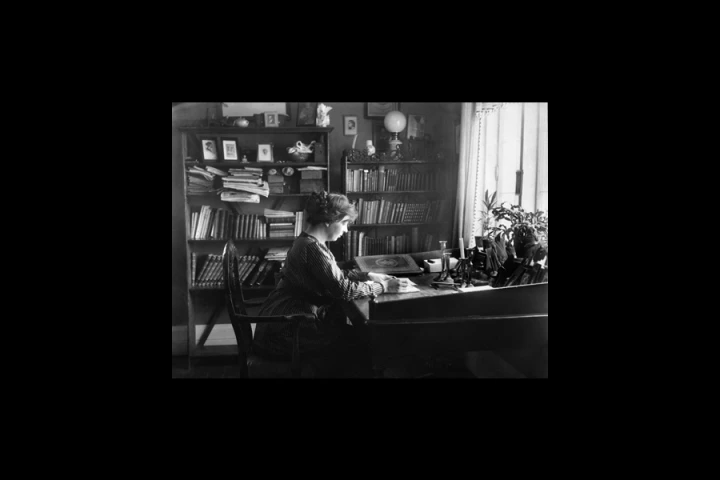Sep 9, 2021
If you think a novel set in 14th century Norway has to be dull, think again. Sigrid Undset’s Kristin Lavransdatter is such a book, and far from being a bore, it is surely one of the most exciting works of fiction ever – to say nothing of being the finest Catholic novel.
The three volumes that together make up the novel made their first appearance a century ago. In 1928 Undset received the Nobel Prize for literature in recognition of her achievement. And today Kristin Lavransdatter still commands an admiring audience of readers, as its inclusion in the Penguin Classics series testifies.
The book’s writing coincided with the author’s conversion to Catholicism. But, someone might ask, in what sense is Kristin a Catholic novel? Roughly, in the same sense that Alessandro Manzoni’s The Betrothed (I Promessi Sposi) – the only serious contender, I believe, for the title of “finest” in this particular category – can be described that way: it takes for granted, and vividly depicts, a society in which all the characters profess the Catholic faith and take Catholic values for granted. (Whether they live by them is another question, but in both books even the bad people are bad in distinctively Catholic ways.)
Born to atheist parents, Undset grew up agnostic and entered into an irregular marriage (her husband had a wife and three children at the time) before converting to Catholicism midway through the writing of her masterwork. The conversion caused a sensation in then-thoroughly Lutheran Norway, but Undset stuck by her new faith, producing books on saints’ lives and a well-regarded biography of St. Catherine of Siena.


